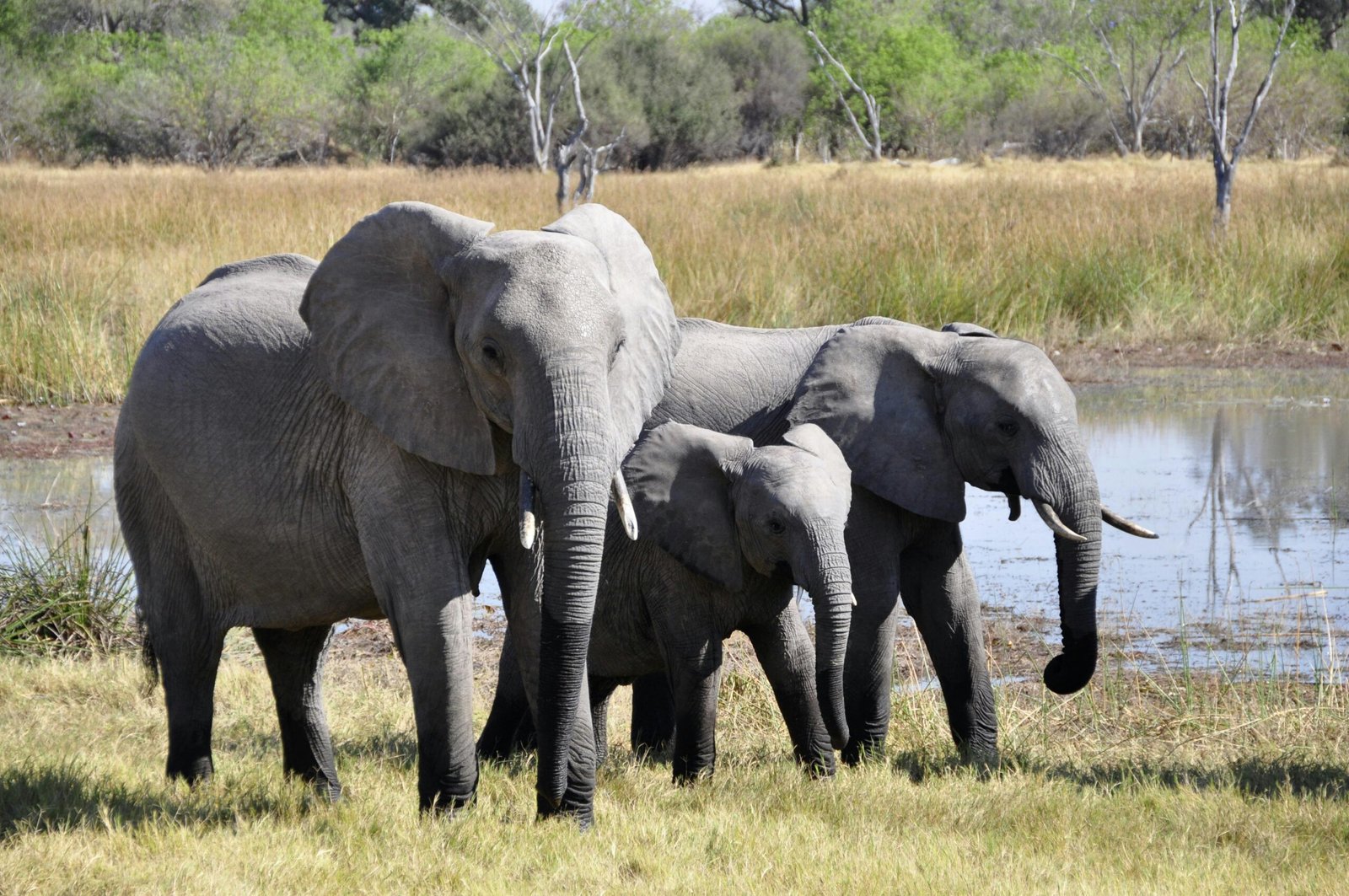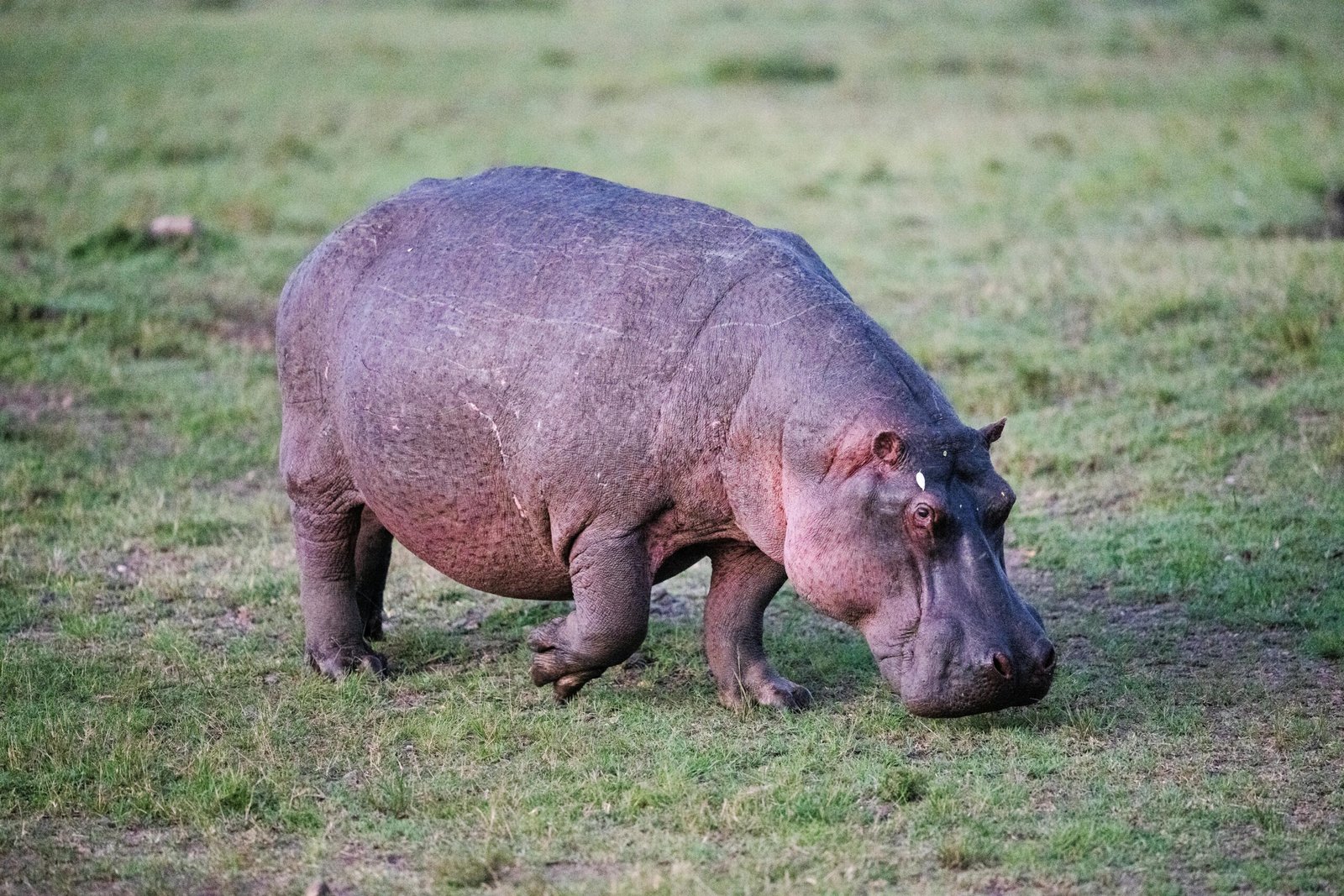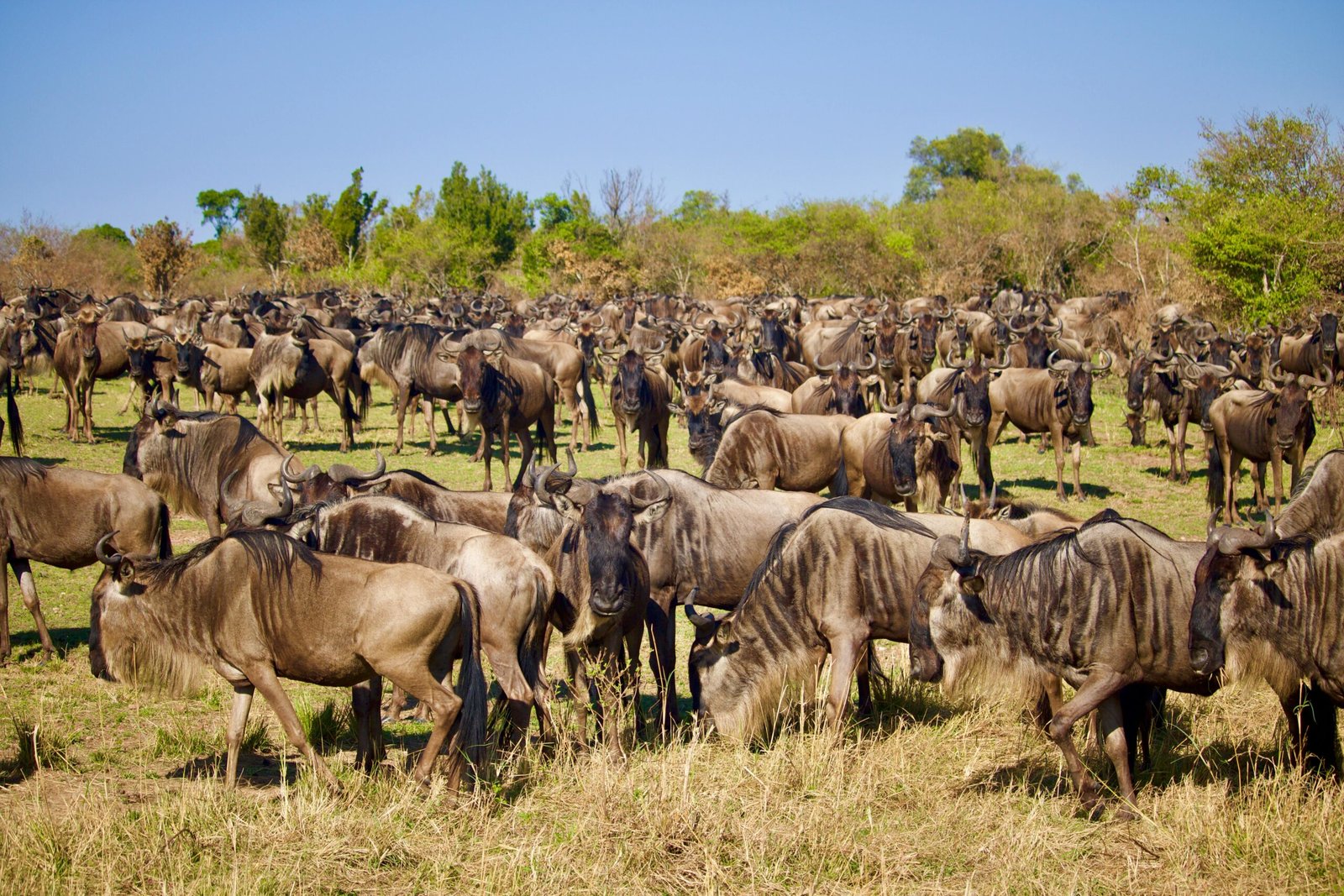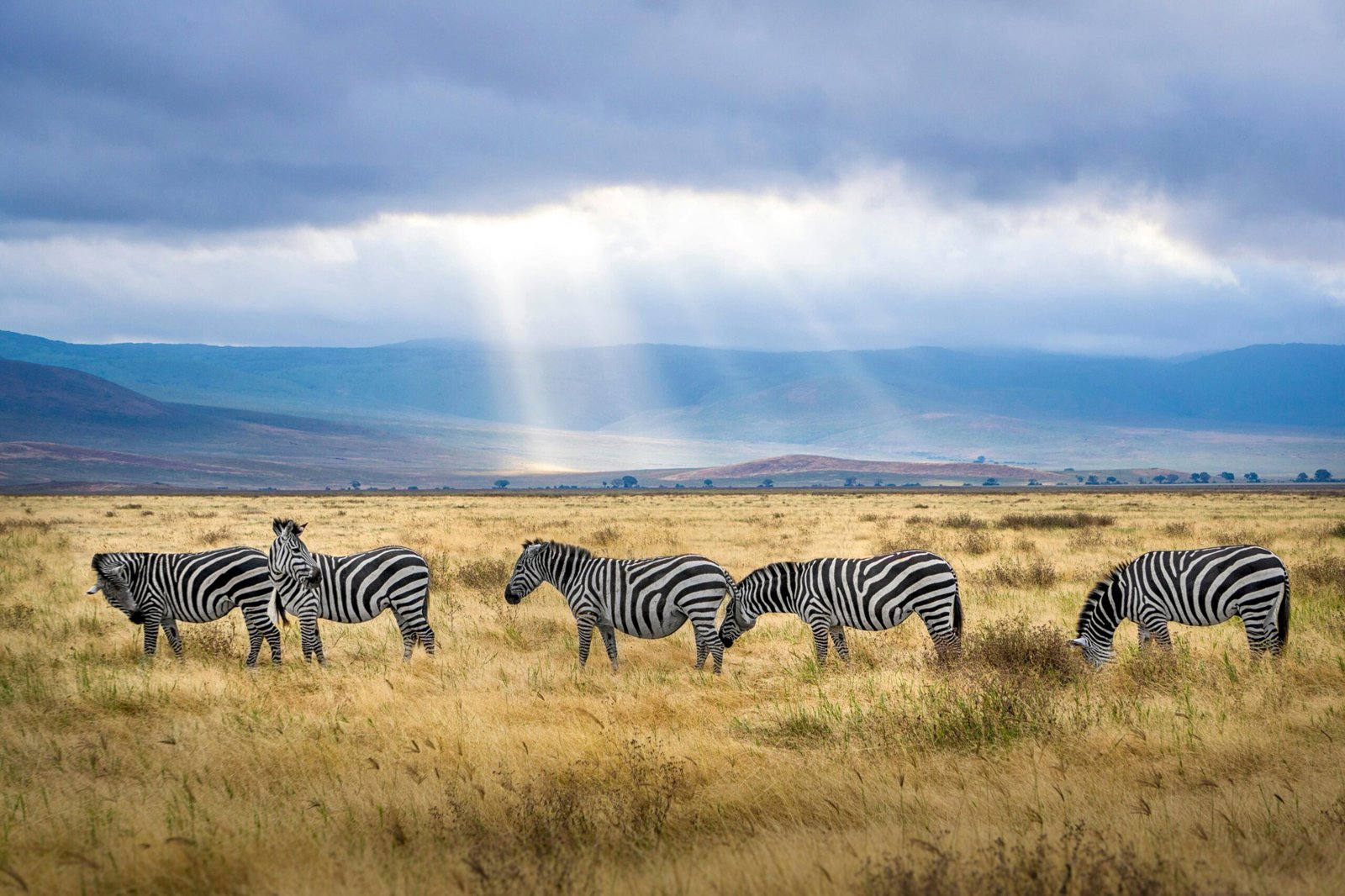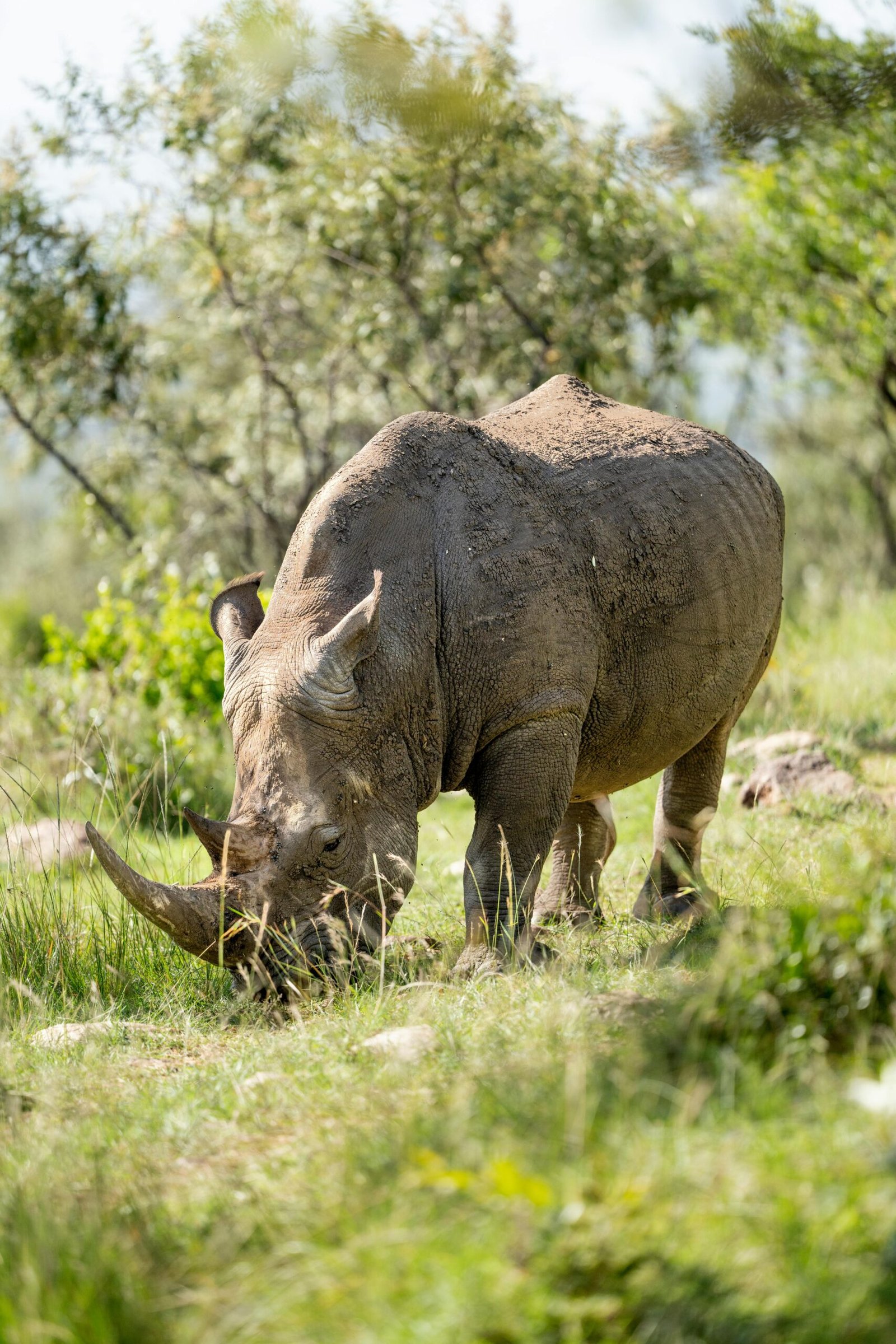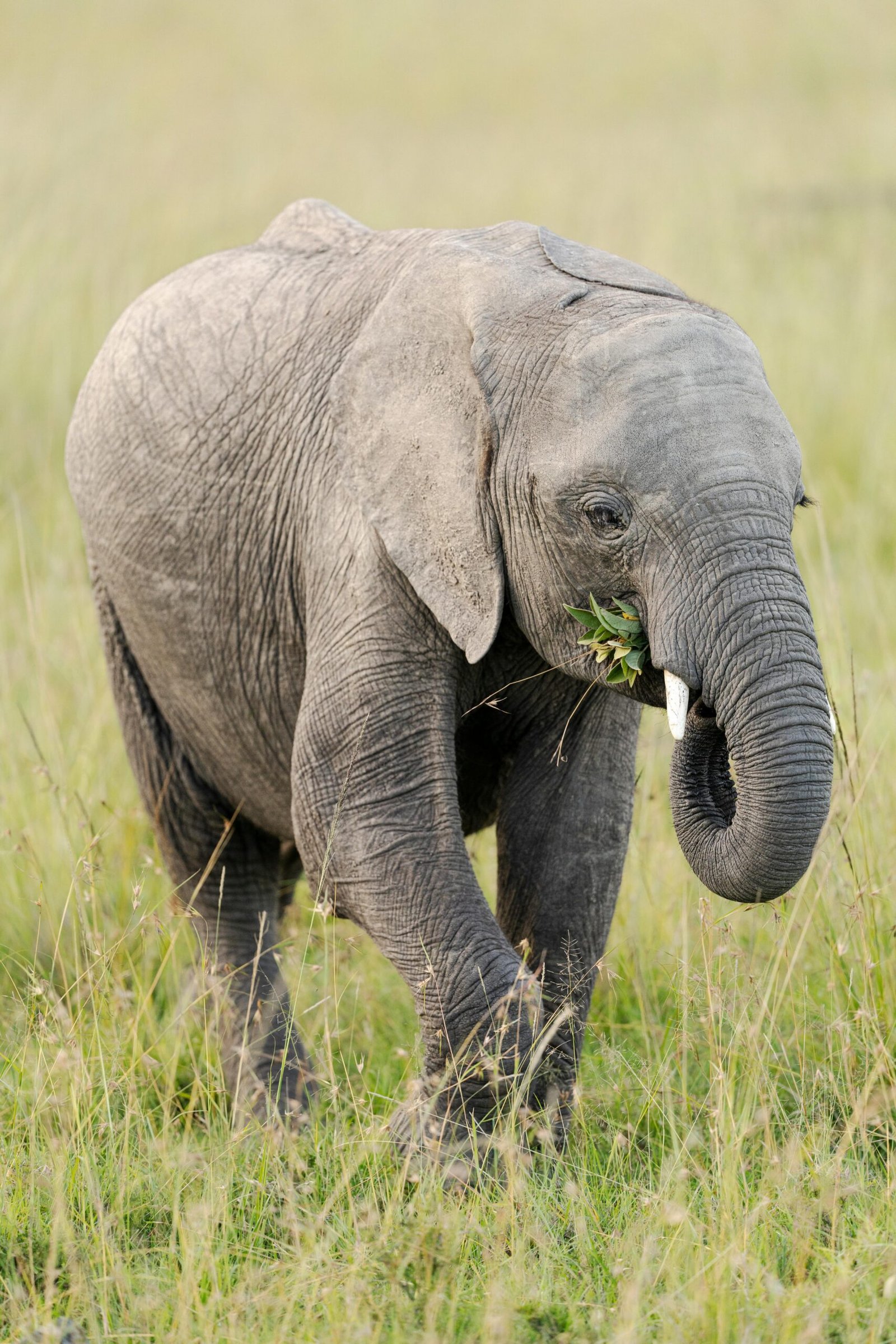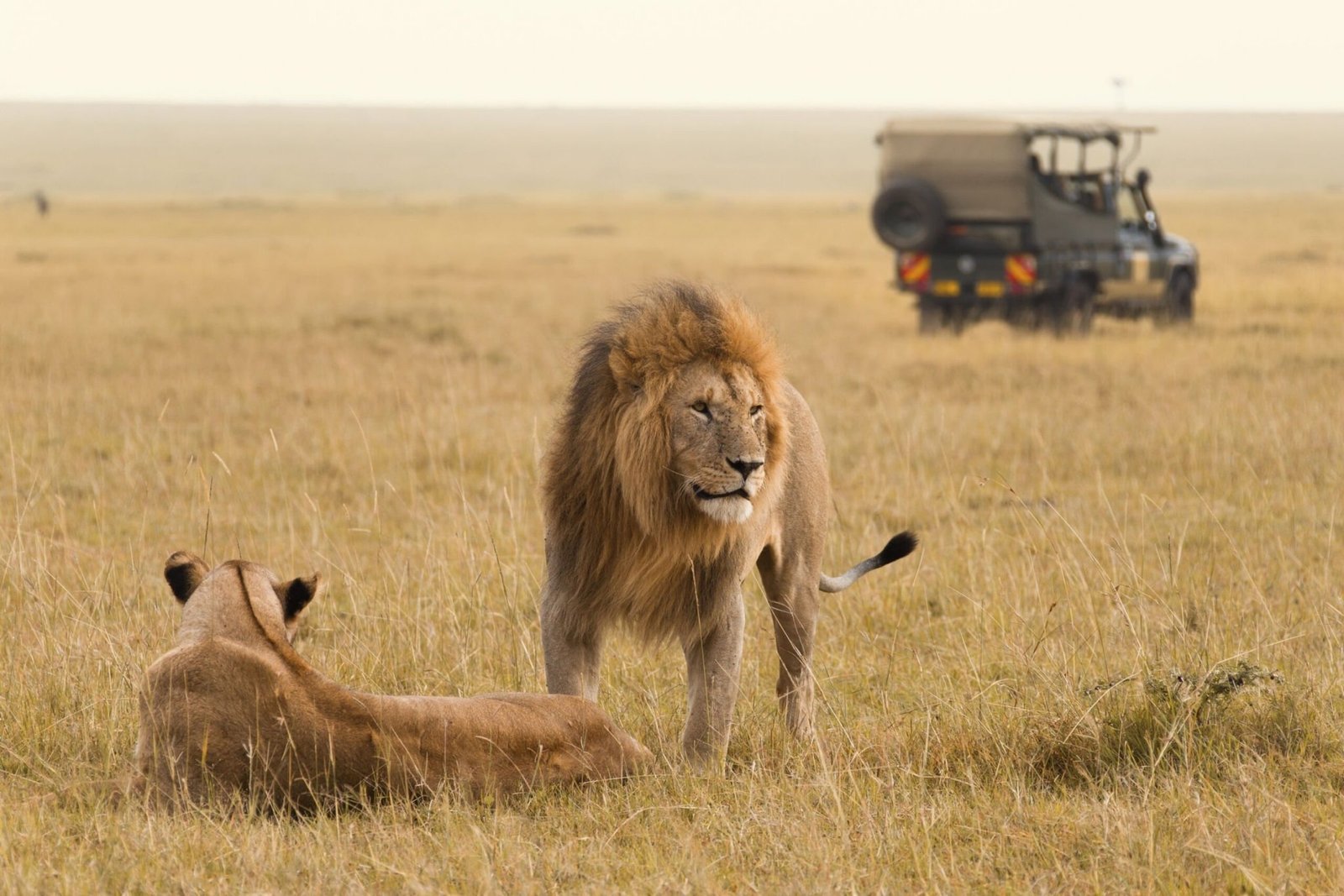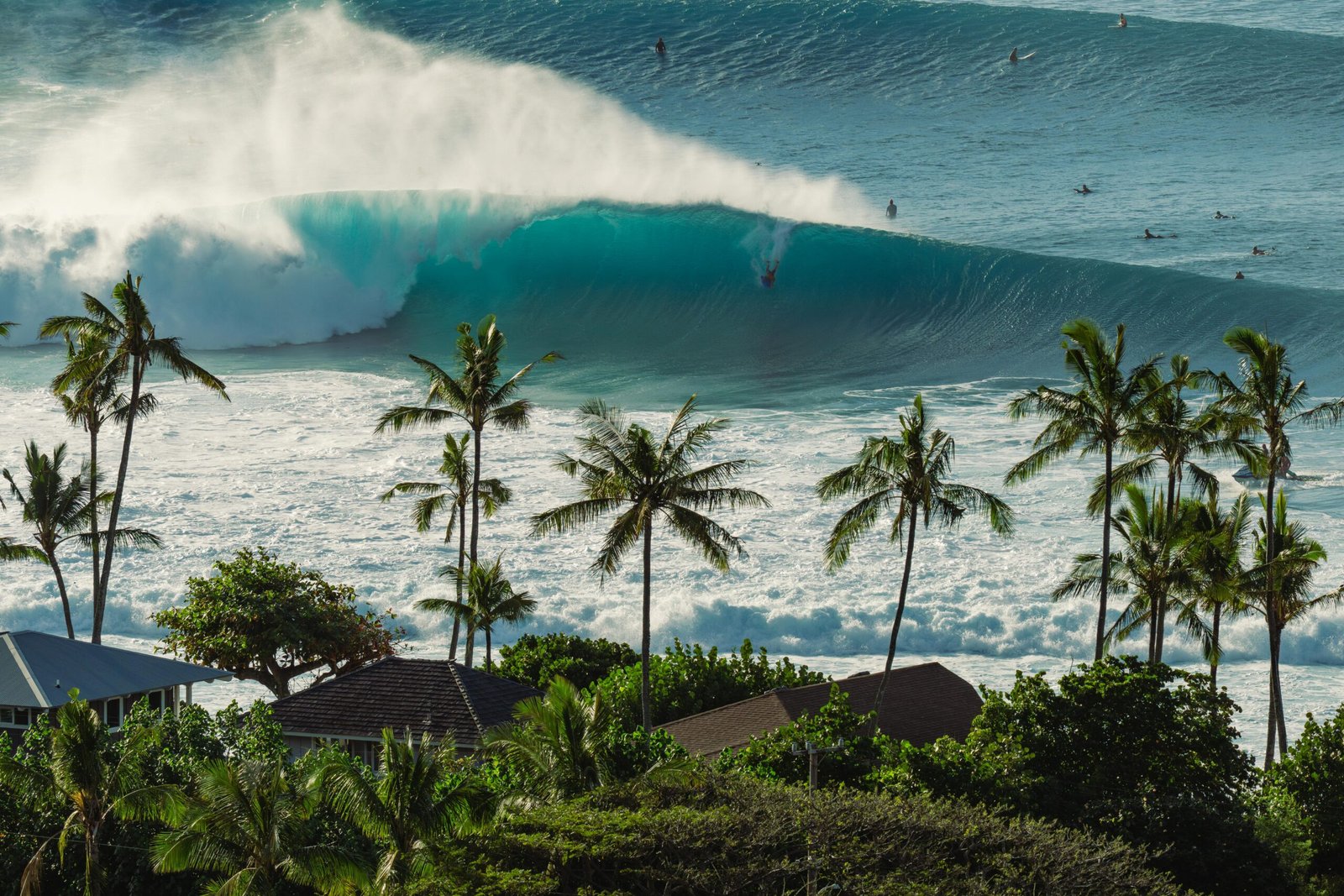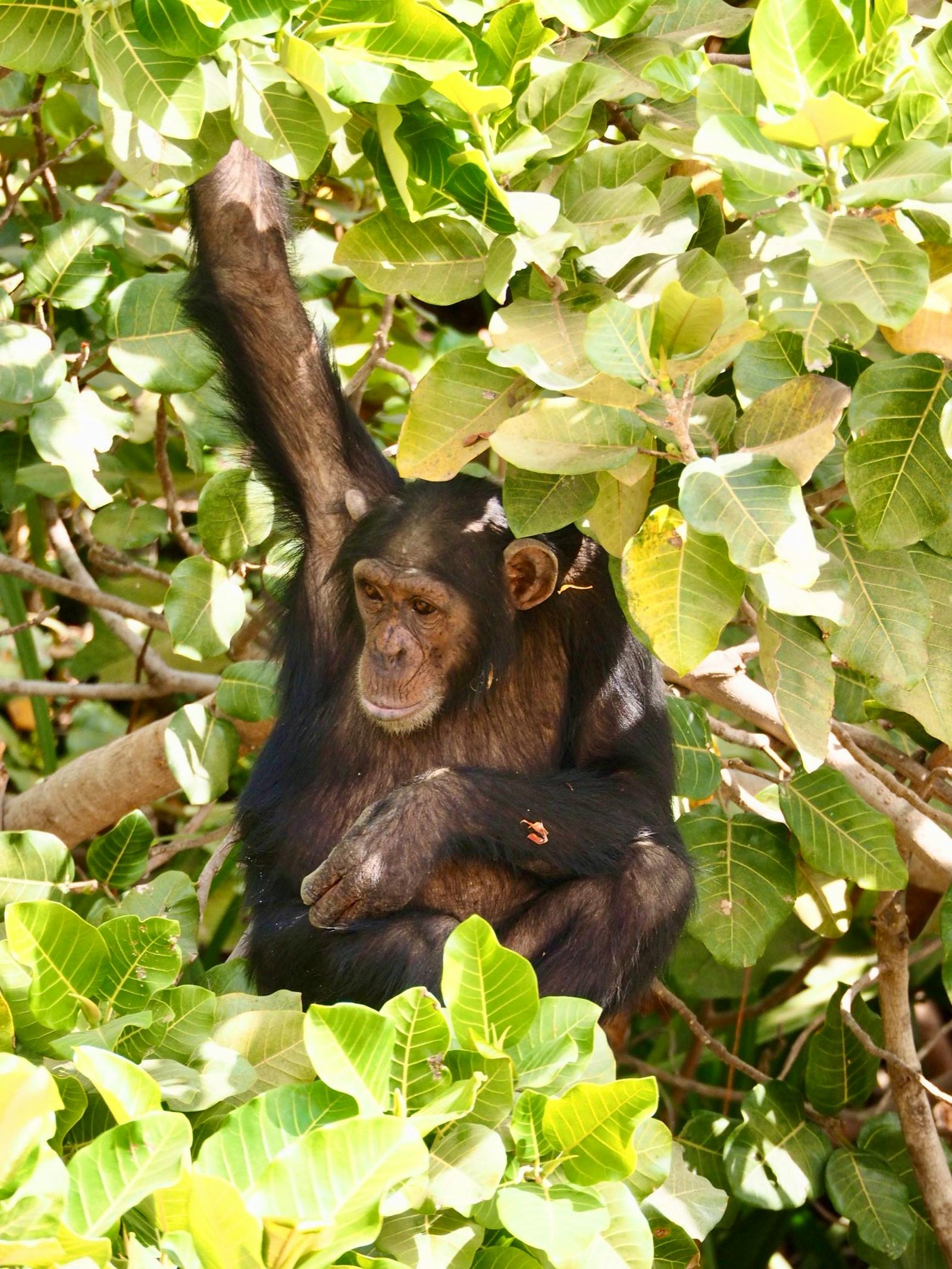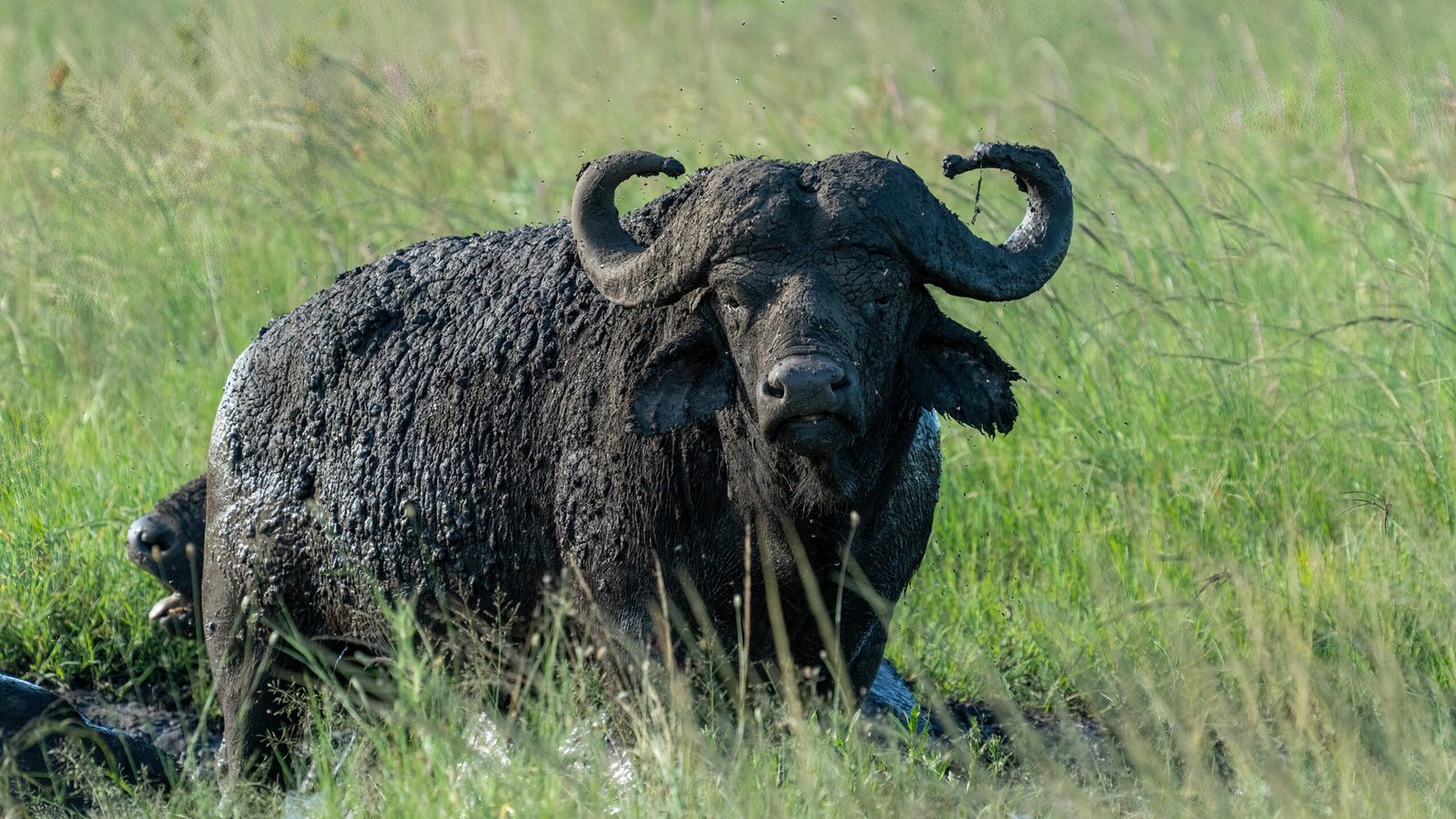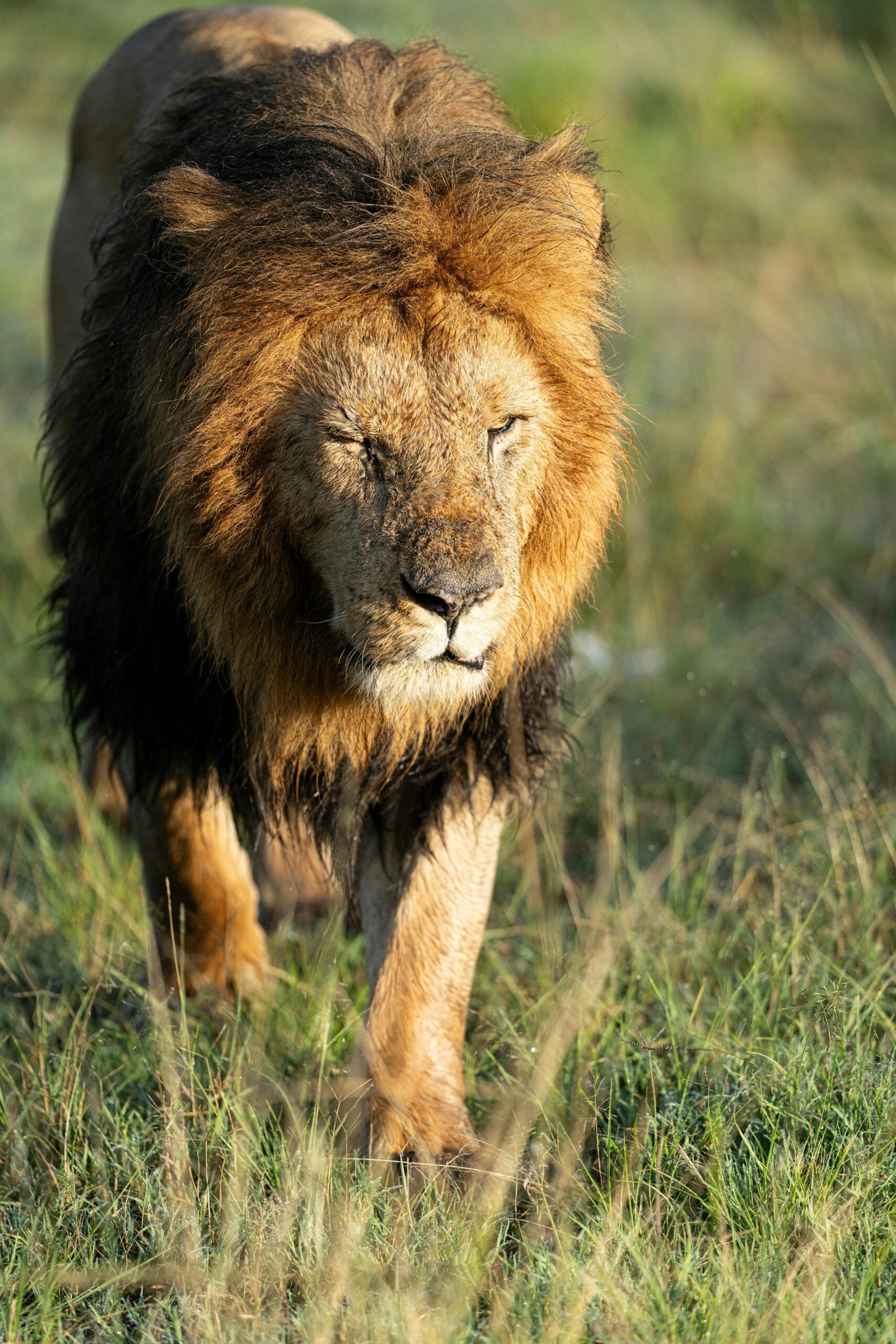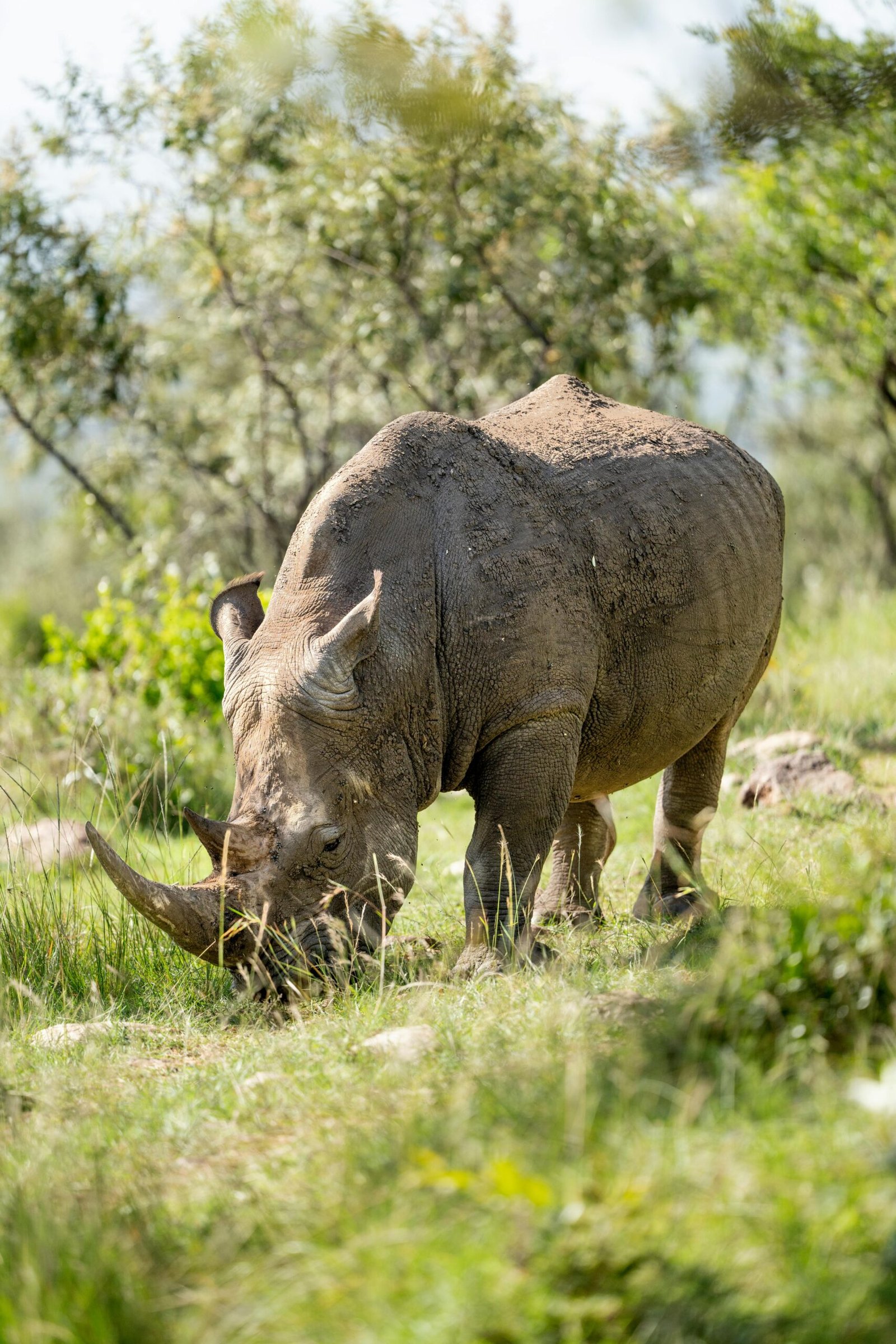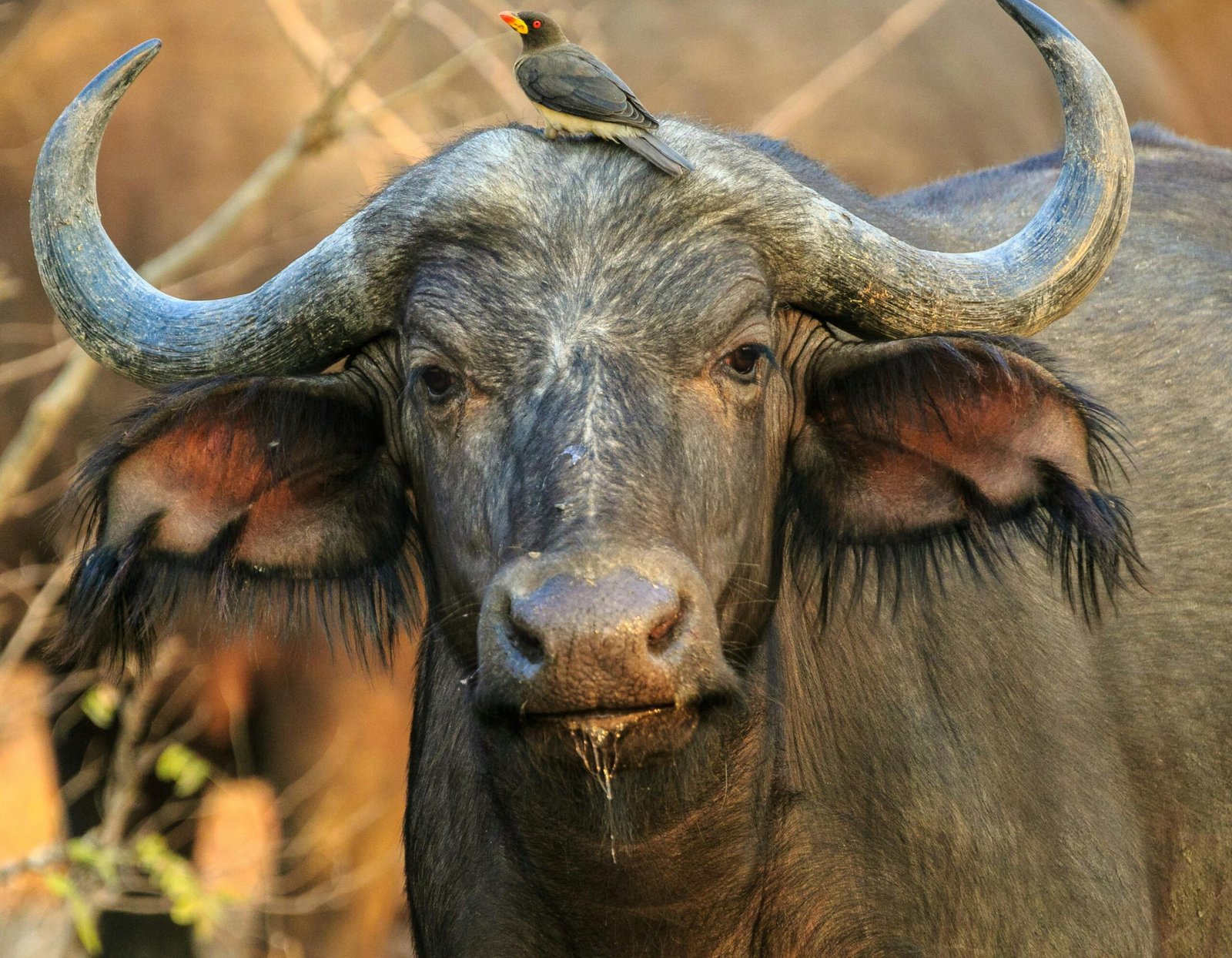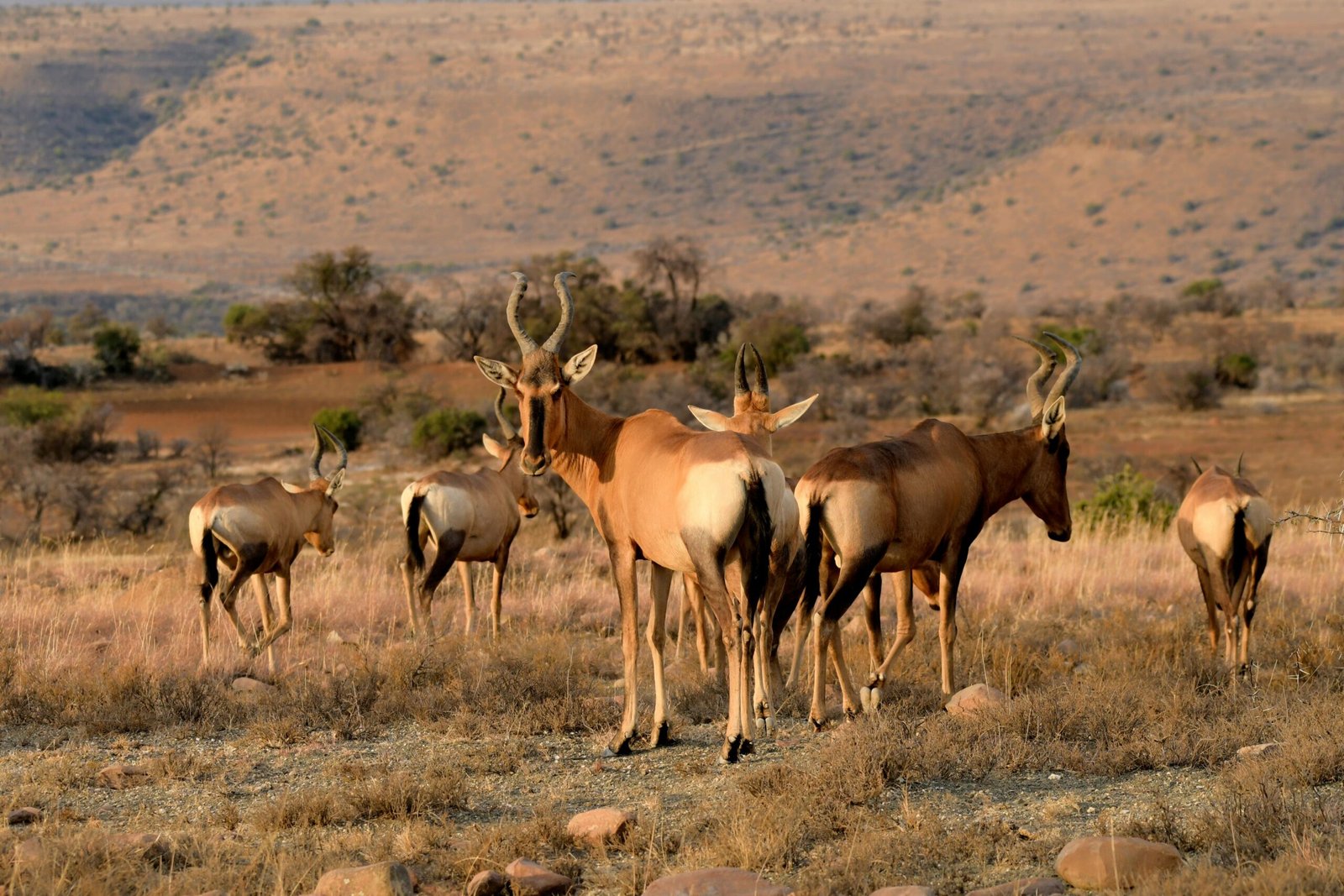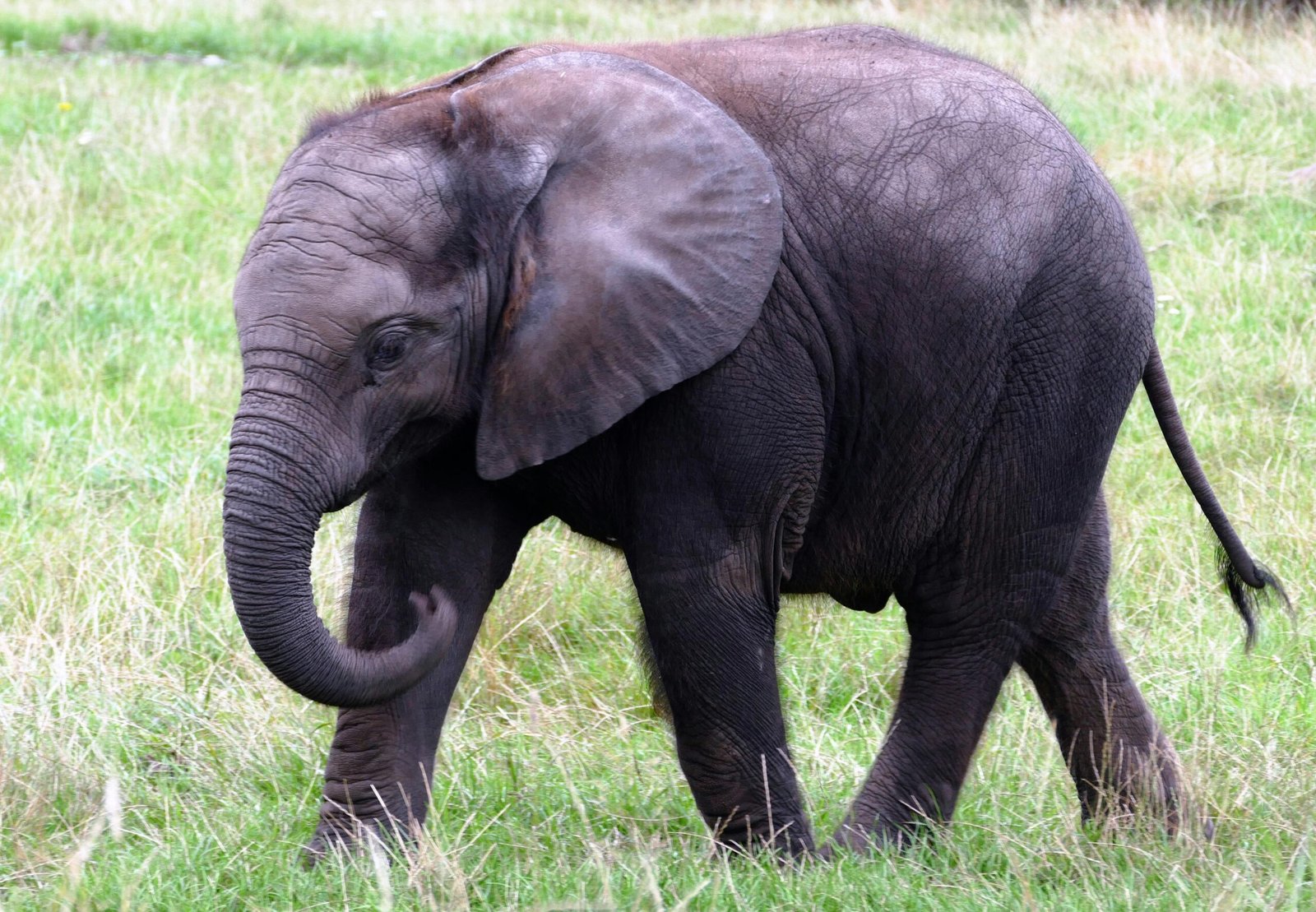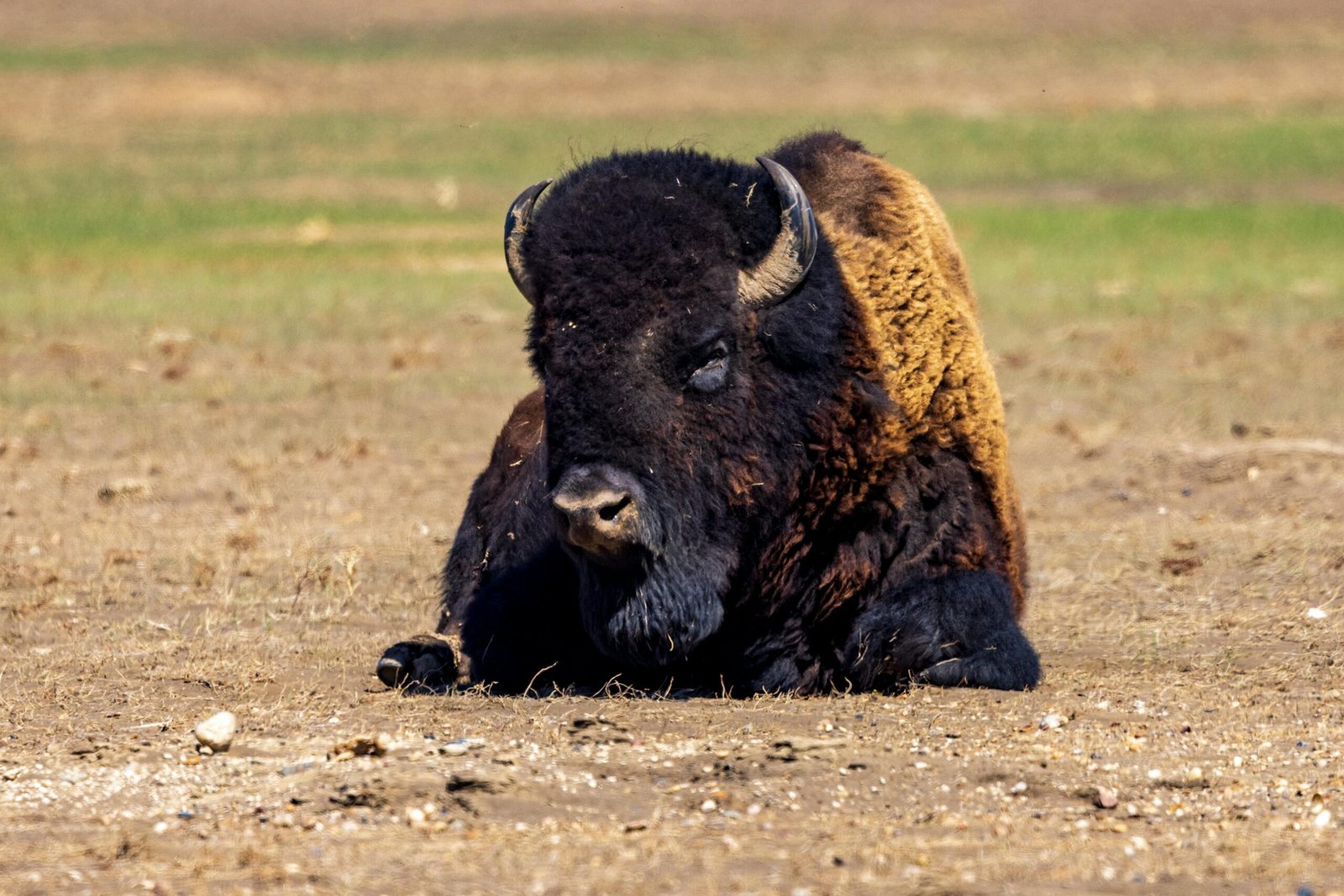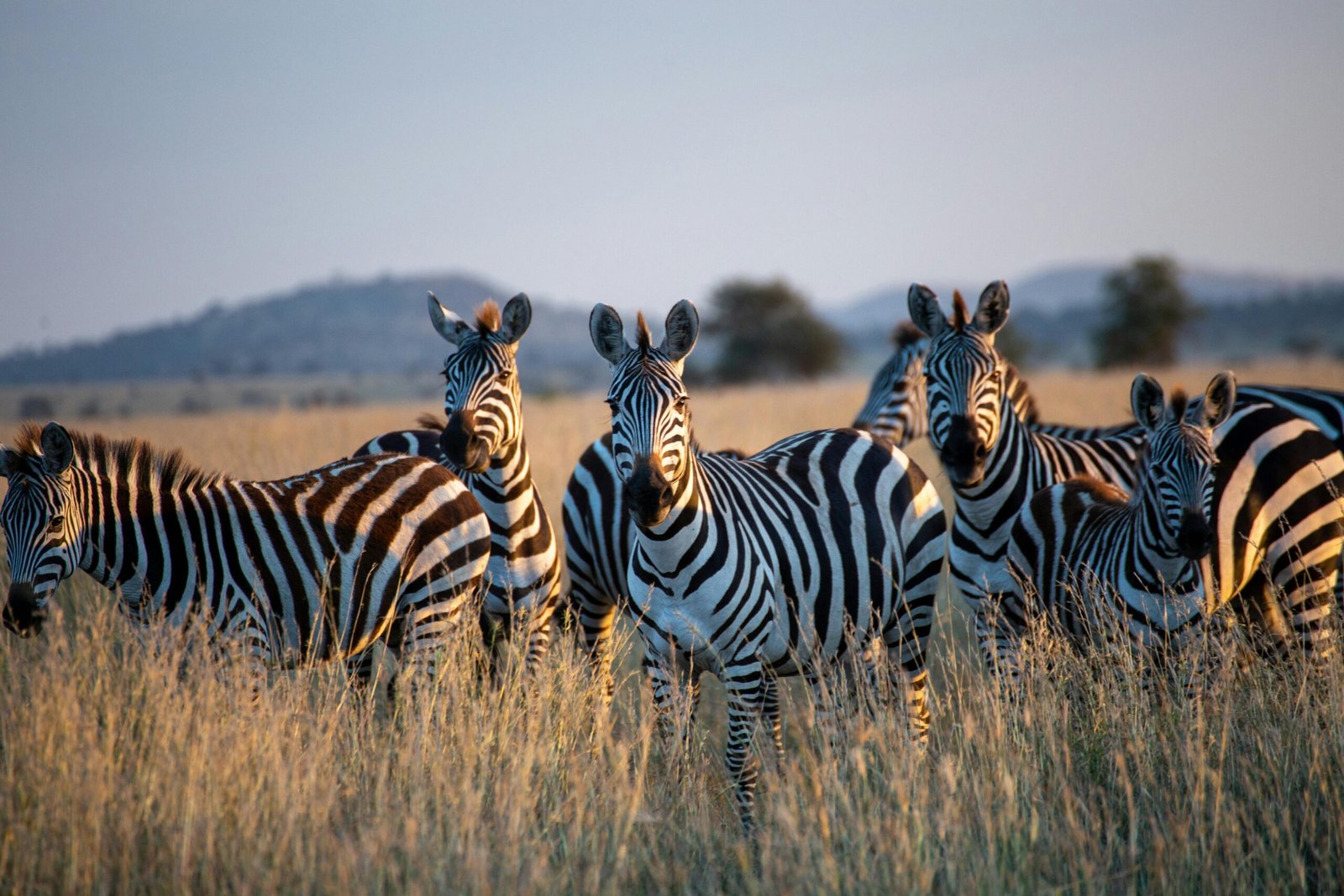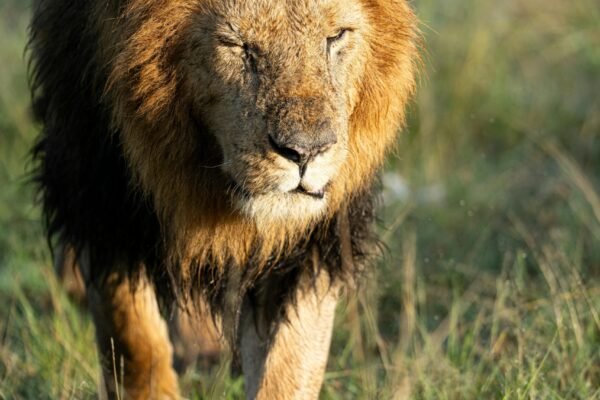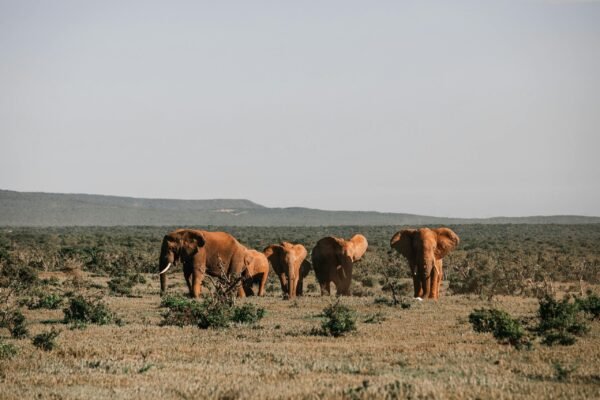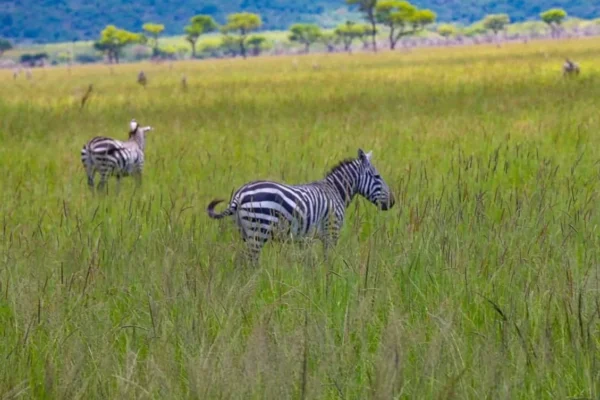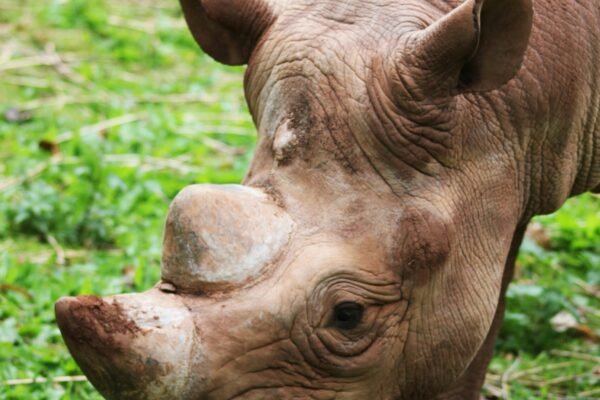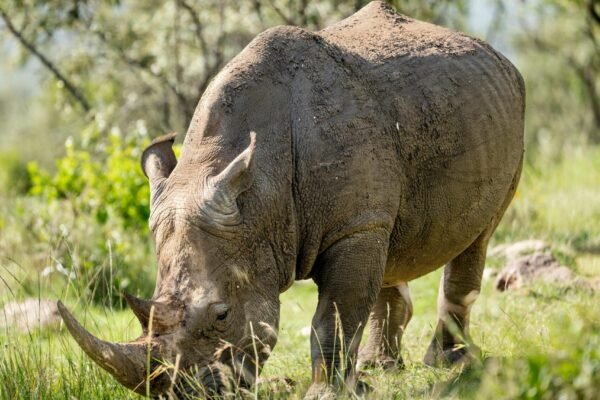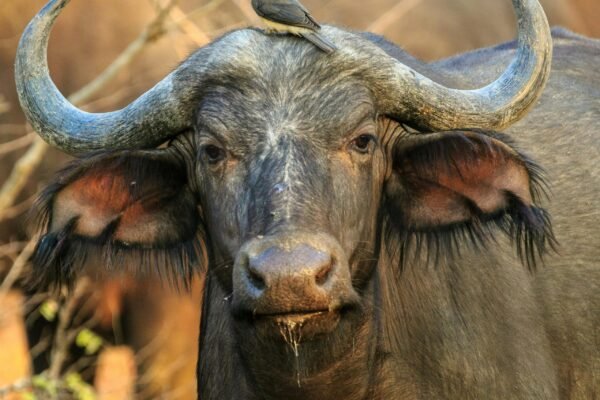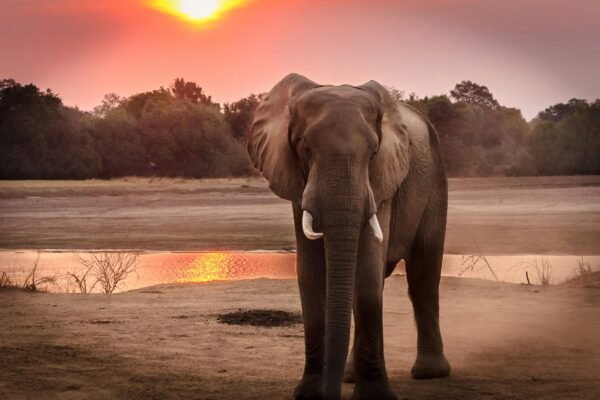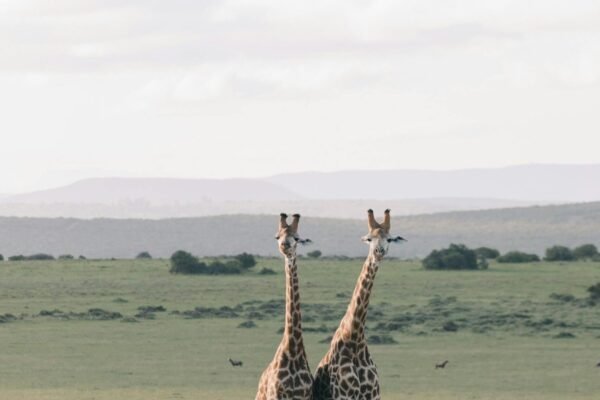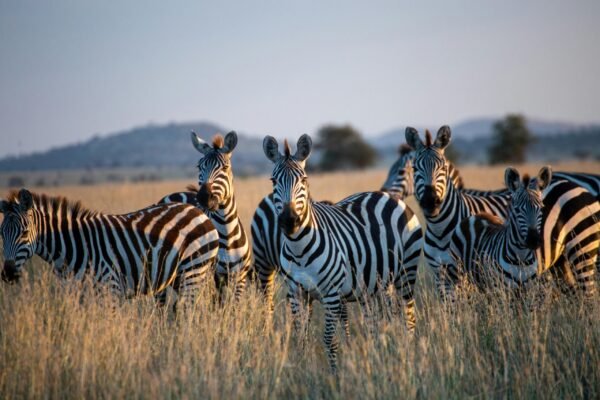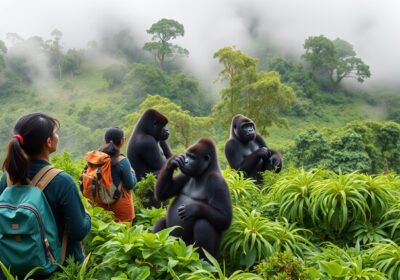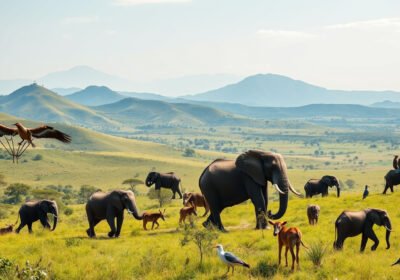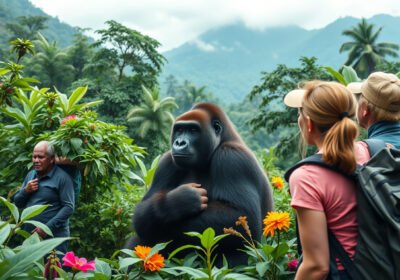- Home
- About Us
- Destinations
Top destinations
Top destinations in Kenya
Top destinations in Tanzania
- Itineraries
- Safari Types
- Travel Guide
- Blog
- Contact Us
Back
EN / USD
Language
Currencies
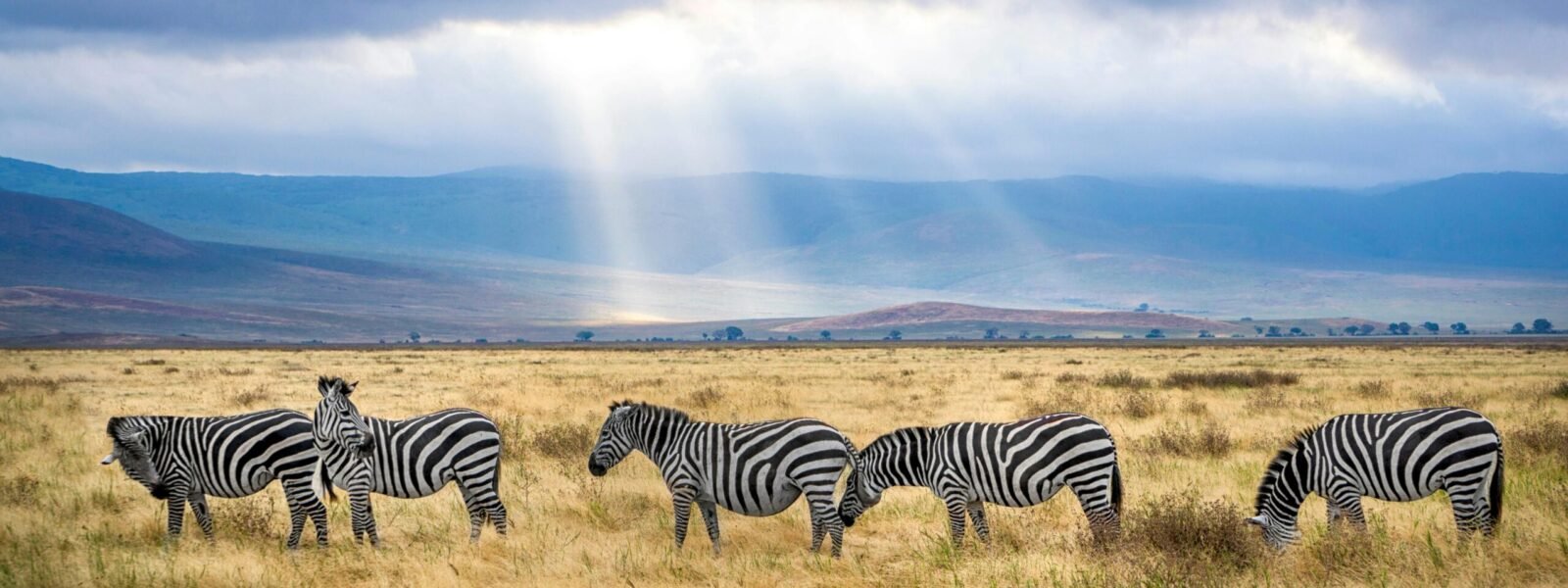
Ngorongoro Crater
Ngorongoro Crater, a UNESCO World Heritage Site, is the world’s largest intact volcanic caldera and one of Africa’s most spectacular safari destinations. Its lush grasslands, forests, and soda lake support an incredible concentration of wildlife, including the Big Five, abundant predators, and rare black rhinos. Often called “Africa’s Garden of Eden,” the crater offers year-round game viewing against a dramatic backdrop of steep crater walls, making it a must-see highlight of Tanzania’s northern safari circuit.
5 tours in Ngorongoro Crater
Login to use
Ultimate Tanzania Safari
Duration
Group size
Login to use
Wonders of the Serengeti & Ngorongoro Crater
Duration
Group size
Login to use
Your Utmost Safari in Tanzania
Duration
Group size
Login to use
Northern Tanzania Safari
Duration
Group size
Login to use
10 Days Two Nation Safari
Duration
Group size
Login to use
Login to use
Login to use
3 Days Craters and Lakes of Tanzania Safari
Duration
Group size
Showing 1 – 9 of 9 tours found
FAQ’s about Ngorongoro Crater
Have more questions? Contact us.
Where is the Ngorongoro Crater located?
The Ngorongoro Crater is in northern Tanzania, about 180 km (112 miles) west of Arusha. It forms part of the Ngorongoro Conservation Area, a UNESCO World Heritage Site.
What is Ngorongoro Crater famous for?
It’s the world’s largest intact volcanic caldera and one of the best places in Africa to see wildlife in a compact area, including the Big Five. Its rich grazing lands attract a high density of animals year-round.
When is the best time to visit the Ngorongoro Crater?
Wildlife viewing is excellent year-round. The dry season (June–October) offers easier animal spotting, while the wet season (November–May) brings lush green landscapes and more bird species.
What wildlife can I see in Ngorongoro Crater?
You can spot lions, elephants, buffalo, leopards, black rhinos, hyenas, wildebeests, zebras, hippos, and over 400 bird species — all within the crater’s 260 sq km floor.
How long should I spend in Ngorongoro Crater?
A full-day game drive is usually enough to explore the crater, but many travelers spend 1–2 nights in lodges on the rim to enjoy sunrise and sunset views over the crater.
Latest stories
Are you an adventure seeker searching for an unforgettable experience? Look no...
Rwanda, often referred to as the ‘Land of a Thousand Hills,’ is...
Uganda, often referred to as the ‘Pearl of Africa,’ is not just...

